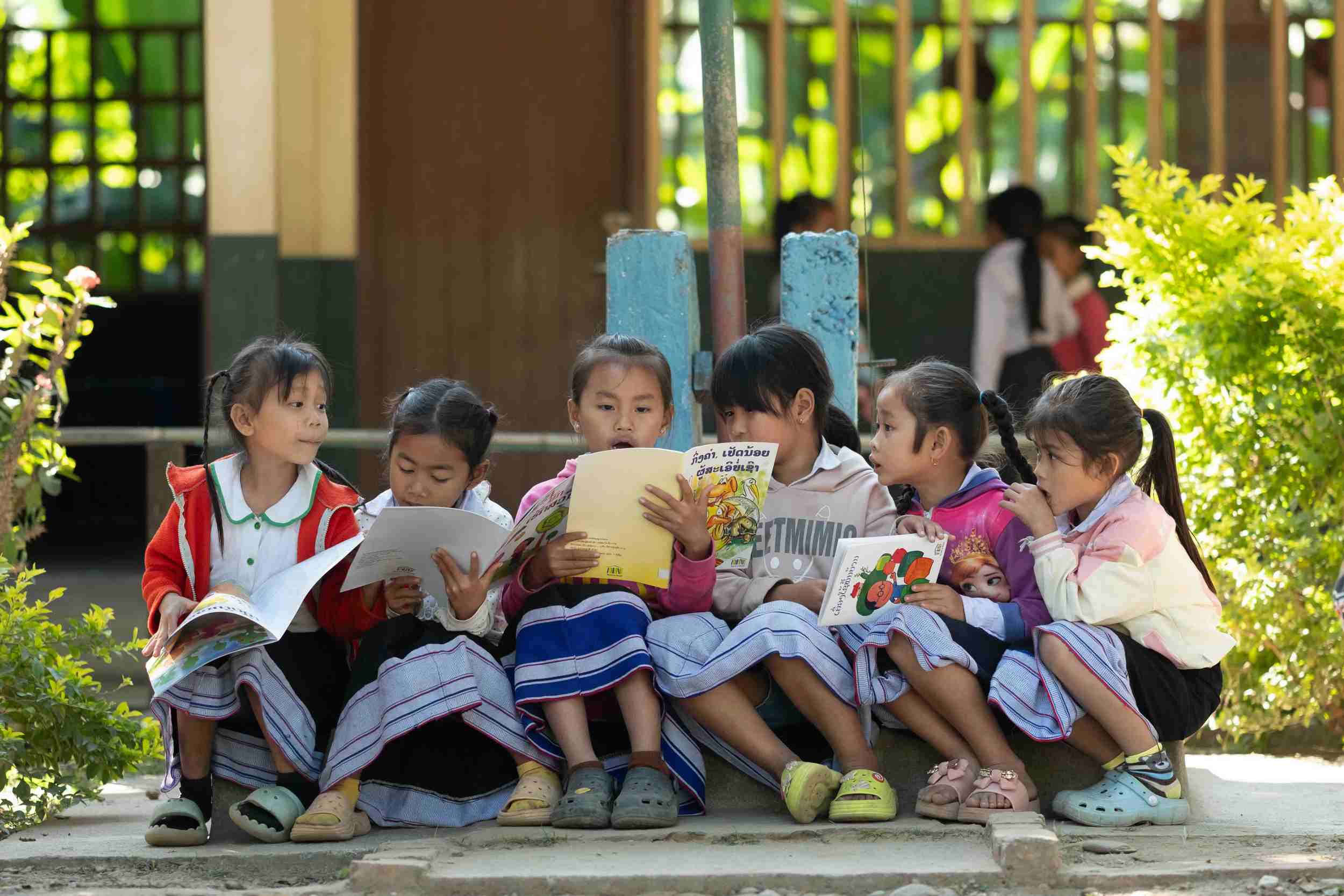Room to Read has worked very closely with the government in this effort since we began our work in Laos in 2005. Our focus in the country has been on improving infrastructure, providing access to quality learning materials and supporting children at risk of dropping out of school in the most underserved areas of the country.

Laos
Room to Read has worked in 12 provinces and benefited more than 800,000 children. Improving access to education has been a priority for Laos in recent years. In fact, the government is elevating education as a key strategy for graduating from its current Least Developed Country status by 2025. 
Despite promising progress and ambitious goals, Laos is plagued with disparities in access to education. The government’s review of the Education Sector and Sports Development Plan (ESSDP) 2016–2020 found that educational disparities exist in participation and learning outcomes based on gender, ethnicity, disability and location. Even with increased overall enrollment rates, the average child in Laos will go to school for 10.8 years but will only learn the equivalent of 6.4 years of schooling. School advancement rates are also low, with 83 percent of students enrolled in Grade 1 proceeding to Grade 5, while only 51 percent go on to the last year of lower secondary and 33 percent to the last year of upper secondary.
A major reason for this lack of sustained learning is linguistic diversity. Laos is comprised of 49 ethnic groups and about 200 language families with distinct dialects and styles. Lounny herself received education in a minority language. In this intricate language landscape, there is little room to address unique student needs.
Girls face extra barriers to education including pressures to marry early or help with household duties, especially in families experiencing acute poverty.








